Warren House's exuberant gardens, shaped by Jekyll's uncle, now looking finer than ever
The spectacular gardens at Warren House in Kingston-upon-Thames have been formed over many years by a succession of owners. George Plumptre explains.
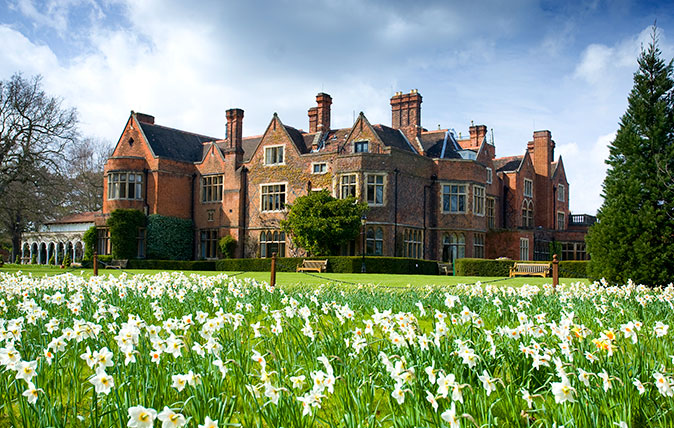

Like a number of substantial houses that were built in the Surrey countryside on London’s peripheries, but which have now become enveloped by the modern conurbation, Warren House hides many surprises.
Built from 1865 on a wooded bluff called Coombe Hill, with views to Wimbledon Common, its succession of owners and visitors for more than half a century held up a mirror to high society in Victorian and Edwardian Britain: a rich baron and benefactor of Prime Minister Gladstone; aristocrats and an American heiress; a businessman who speculated calamitously in financing parts of the British Empire; and no less a figure than Edward VII, who stayed for weekend parties, accompanied by his mistress, Alice Keppel.
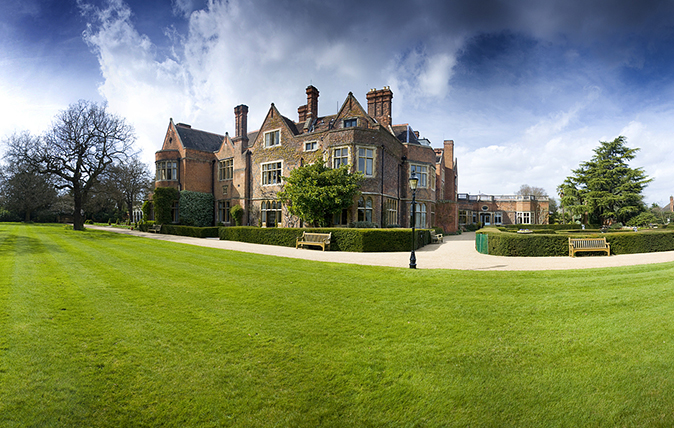
In addition, there was one important element that made the garden of Warren House of equal interest: the supreme name in late-Victorian horticulture, Veitch. With their empire based in Devon and London, the Veitch family bestrode 19th-century gardening like a colossus, combining horticultural knowledge and skills with entrepreneurship and business acumen.
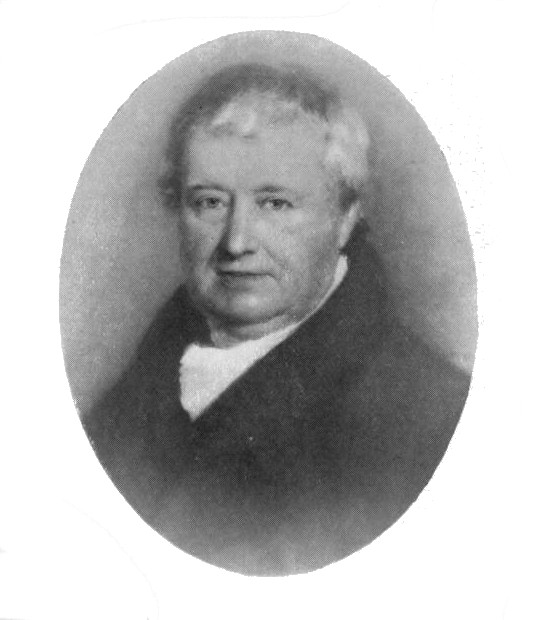
John Veitch, a Scotsman, moved to London in the early 19th century and then to Devon, where he established the business. A few decades later, buoyed up by success and a considerable presence at the Great Exhibition of 1851, a London branch was opened in Chelsea by his son, James, and managed by his grandson, also James.
As expansion continued apace, a few years later, a lease was taken on 36 acres on the Coombe Wood estate and a large branch of the family nursery business was established.
The light soil and undulating site was ideally suited to fostering the exotic plants that were grown in the nursery, many coming from the steady flow of introductions provided to the Veitch nursery business by their famous plant collectors, such as William Lobb and Ernest Wilson.
One of Lobb’s best-known introductions for Veitch was the Monkey Puzzle tree, Araucaria araucana, from Chile. It is supposed that the quantity of now handsome specimens of the tree that survive in nearby Wimbledon and Kingston gardens resulted from the local access to Veitch’s stock.
Sign up for the Country Life Newsletter
Exquisite houses, the beauty of Nature, and how to get the most from your life, straight to your inbox.
Similarly, another of Lobb’s best-known introductions, the Wellingtonia, Sequoiadendron giganticum, from North America, is often seen.
Veitch’s Coombe Wood nursery site adjoined the garden of Warren House, which was built in the Victorian Gothic style for its owner, Hugh Hammersley. A few years later, Hammersley expanded his garden by acquiring six acres from the Veitch site, where a Japanese-style water garden was laid out, complete with tea house and red-painted bridge.
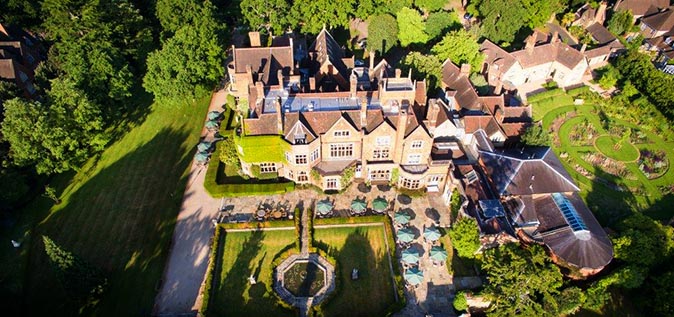
Decades later, as a result of a sale, the water garden became separated from Warren House and fell into decline, but after extensive restoration, it is now accessible to visitors on certain days in aid of the National Gardens Scheme.
Hammersley’s gardening legacy lived on in his famous niece, Gertrude Jekyll, but after his death in 1882, the garden at Warren House was primarily the setting for late-Victorian social life.
In 1907, it was acquired by Lady Arthur Paget, wife of Gen Sir Arthur Paget, both close friends of Edward VII. As Minnie Stevens, she was one of the best-known American heiresses, blazing a trail through English Society at the turn of the century.
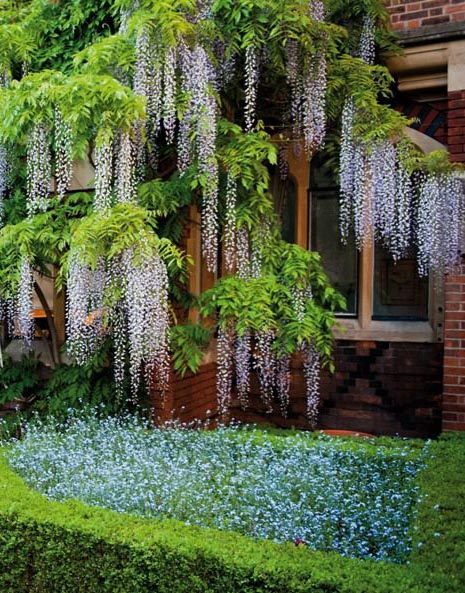
The Pagets commissioned the firm James Pulham & Son, possibly on recommendation from the king, for whom Pulham had done extensive work at Sandringham. Pulham was renowned for the artificial rock – known as Pulhamite – that the company used to construct impressive and frequently enormous rock gardens and ornaments. At Warren House, it developed the formal gardens, constructing balustrades, seating and fountains, some of which survive today, and adding a fernery and stone grotto to the winter garden built onto the house’s billiard room.
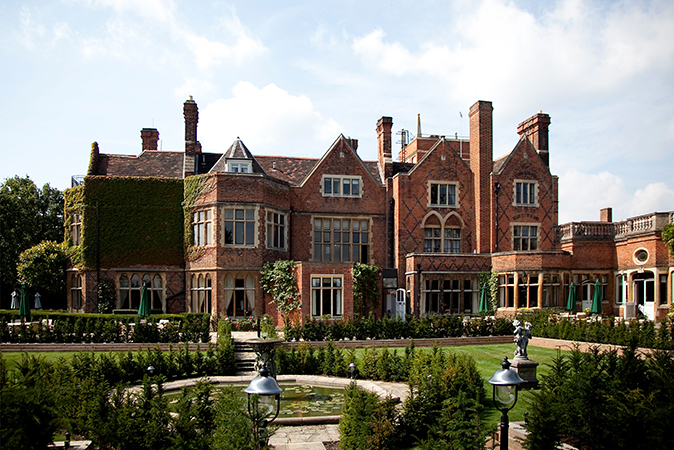
More than any of its work at Warren House, however, the connection between Pulham and its fashionable clients was best demonstrated in one of the most popular items in its catalogue, a range of ornamental pots called Paget pots, the first of which were made for the house.
It was when the Pagets were at Warren House that the Veitch presence at Coombe Wood came to an end – in suitable style, in 1914. Harry Veitch, a renowned hybridiser of orchids, who had taken on the business from his father, James, called it a day with a 10-day sale of the nursery’s stock.
The aristocratic clients were given exclusive access at the start of the sale, and after that the rows of exotics that had been grown from seed introduced by Lobb, Wilson and others were sold to the highest bidders.
The Paget family remained at Warren House until 1954, when, as were many large houses with good access to London, it was sold to corporate owners and became a management-training centre for the chemicals giant ICI. The company maintained the property to a high standard, but in the 1980s, the size of the garden was substantially reduced by sale, including the site of the water garden.
In 1999, ICI sold Warren House, after which it remained a business centre and was subsequently sold again in 2005 to the present owners, whose daughter, Vicky, came up with the idea of planting a garden to commemorate the Veitch family.
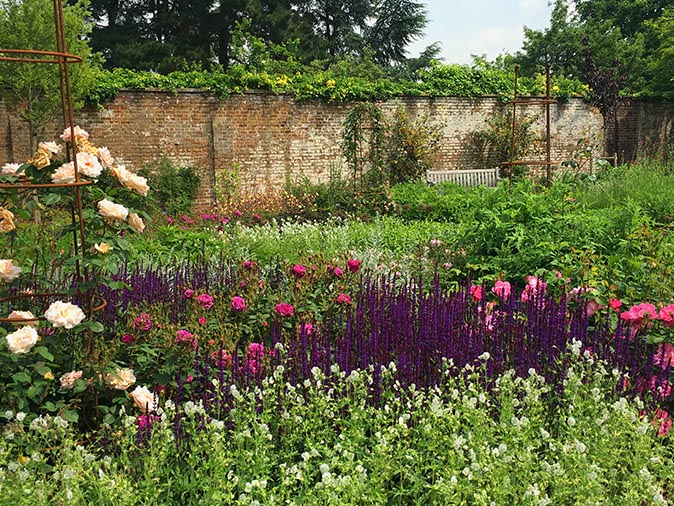
The work has been carried out by experienced garden designer Andrew Fisher Tomlin and has focused on both preserving the historic parts of the garden, whether plants acquired by the Pagets and their predecessors from their Veitch neighbours or the lavish Pulhamite ornaments, as well as creating the new Veitch Garden, which is sympathetic to both the house’s history and its present use as a venue for conferences and events.
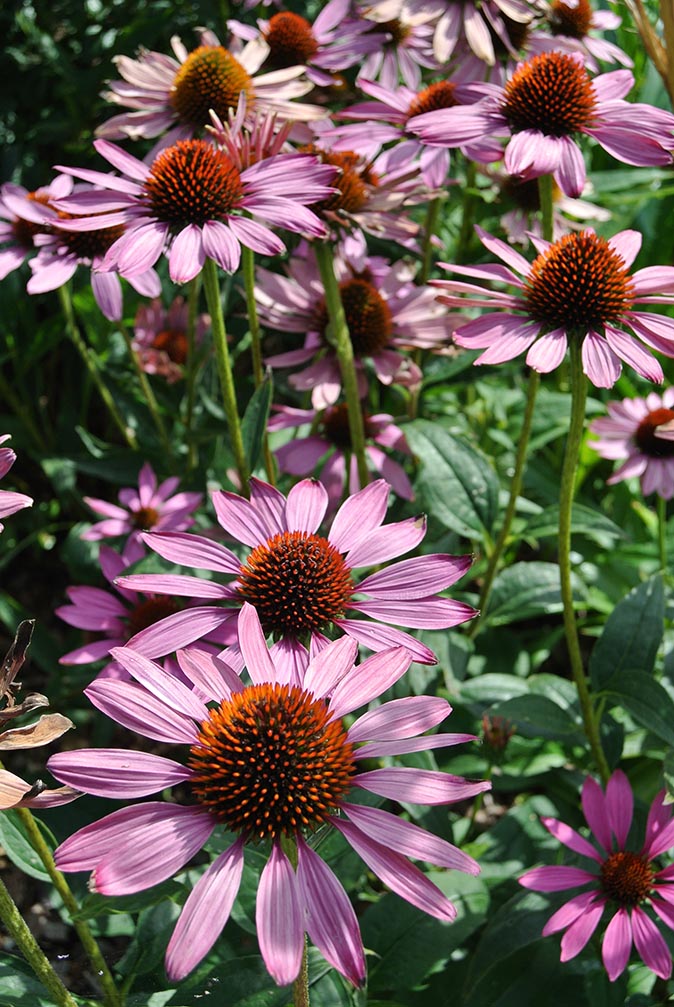
The sheltered site of the Veitch Garden, with the house and other buildings on two sides and boundary walls on the others, is on the site of an old orchard. In alternating corners, hints of the former planting remain with an unusually large wintersweet, Chimonan-thus praecox, nestling against the wall next to a gnarled Magnolia soulangeana in one and a pair of ancient quince trees in the other.
Much of the Veitch Garden is given over to meadow-style planting, where a succession of highlights now appear from early March through to the end of May.
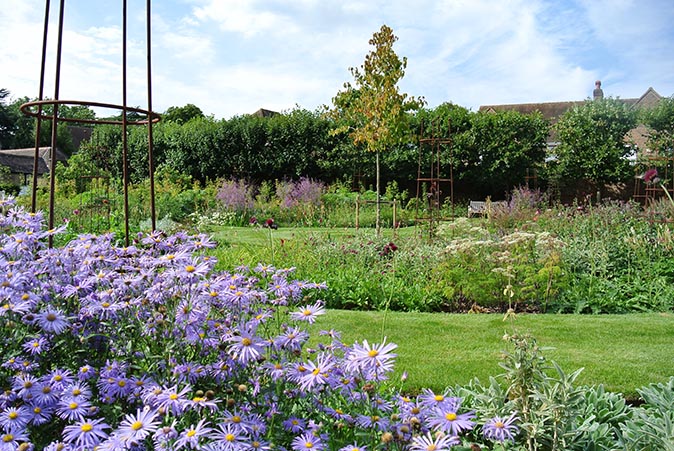
The display is supported by the planting of 90,000 bulbs: Crocus Flower zRecord are followed by Scilla siberica and Muscari latifolium; then comes Chionodoxa luciliae before Narcissus Hawera and W. P. Milner; and then the delicate species tulip, Tulipa bakeri Lilac Wonder.
The highlights in the meadow lead into the summer flowering of mixed perennials and roses in the pattern of curving beds in the central area of the garden that have, at their apex, a Davidia involucrata, one of Ernest Wilson’s most famous introductions from China for Veitch.
Gentle memories of the Veitch dynasty are scattered through the planting, sometimes with the name, such as Rosa James Veitch, and sometimes with plants that they introduced, such as sanguisorba, the wonderful smelling creamy-white flowered Clematis armandii and one of the very best acers, Acer griseum, another Wilson introduction.
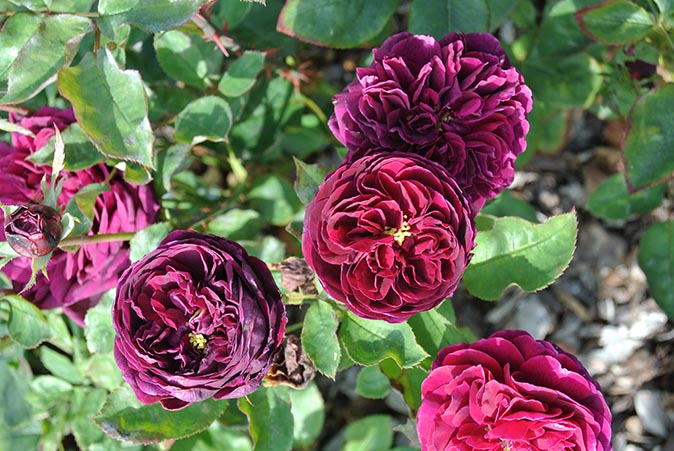
And so, today, the eminent ghosts of Warren House’s horticultural past rest peacefully and are also celebrated and remembered in the garden. It is a place to be enjoyed by the visitors who can marvel at the social riches and array of personalities that light up its history and who can celebrate the fact that a place with such a rich gardening story can not only survive, but be reinvigorated in an area of such close urban pressure.
The garden of Warren House, Warren Road, Kingston-upon-Thames, Surrey – www.warrenhouse.com – opens occasionally for the NGS (www.ngs.org.uk). George Plumptre is chief executive of the NGS.
Country Life is unlike any other magazine: the only glossy weekly on the newsstand and the only magazine that has been guest-edited by HRH The King not once, but twice. It is a celebration of modern rural life and all its diverse joys and pleasures — that was first published in Queen Victoria's Diamond Jubilee year. Our eclectic mixture of witty and informative content — from the most up-to-date property news and commentary and a coveted glimpse inside some of the UK's best houses and gardens, to gardening, the arts and interior design, written by experts in their field — still cannot be found in print or online, anywhere else.
-
 Two quick and easy seasonal asparagus recipes to try this Easter Weekend
Two quick and easy seasonal asparagus recipes to try this Easter WeekendAsparagus has royal roots — it was once a favourite of Madame de Pompadour.
By Melanie Johnson
-
 Sip tea and laugh at your neighbours in this seaside Norfolk home with a watchtower
Sip tea and laugh at your neighbours in this seaside Norfolk home with a watchtowerOn Cliff Hill in Gorleston, one home is taller than all the others. It could be yours.
By James Fisher